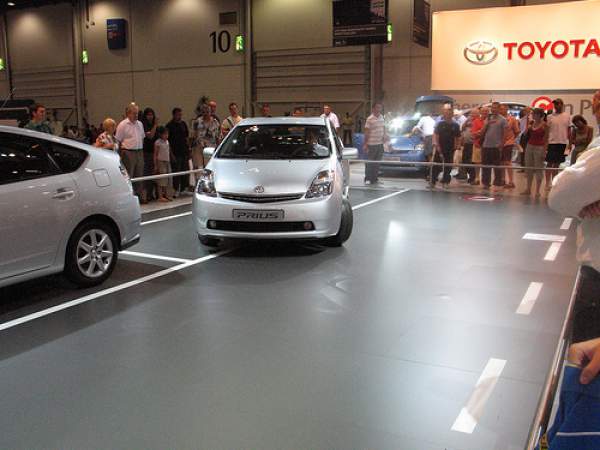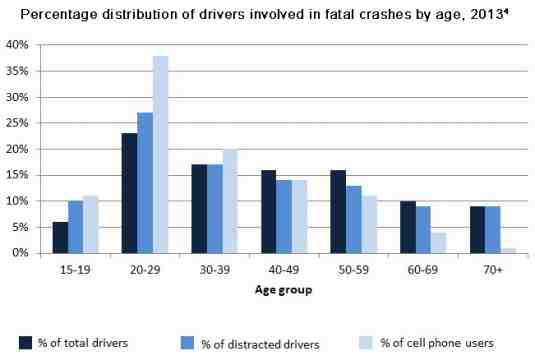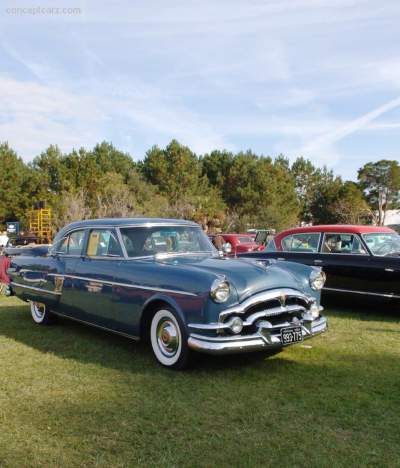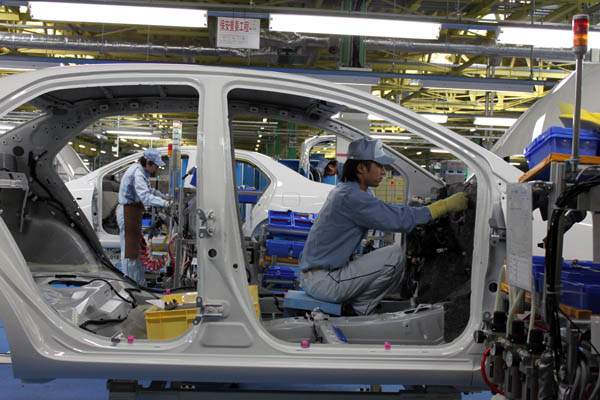 Post
Post8 Best & Iconic Cars Made In Detroit
It seems that Motor City of Detroit has come on hard times and has had to file for the largest bankruptcy of any city ever. However, things weren’t always so glum, so let’s take a look at some of the best autos to come out of the once pearly gates of this great motoring city....
It seems that Motor City of Detroit has come on hard times a...










